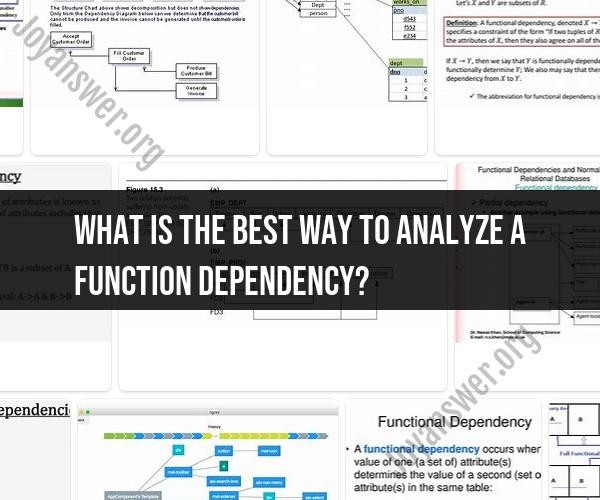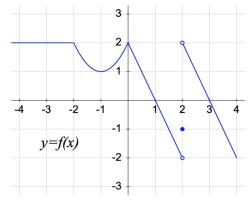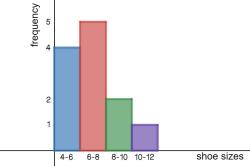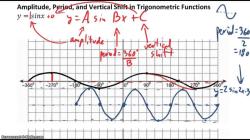What is the best way to analyze a function dependency?
Analyzing function dependency, especially in the context of data and databases, is an important task in database design and management. Function dependency refers to the relationship between attributes (columns) in a database table. There are two main types of function dependency: functional dependency and multivalued dependency. Here's a brief overview of the best practices for analyzing function dependencies:
Understand the Concept of Dependency:
- Before you can analyze function dependencies, it's essential to have a clear understanding of what functional dependency and multivalued dependency mean in the context of database design.
Identify Functional Dependencies:
- Start by identifying functional dependencies within a table. A functional dependency occurs when one attribute (or a set of attributes) determines the value of another attribute. For example, if you have a table of customers and their addresses, the customer's ID determines the address.
Use Functional Dependency Diagrams:
- Create functional dependency diagrams to visually represent the dependencies between attributes in a table. This can help you see the relationships more clearly.
Apply Normalization Rules:
- Normalization is the process of organizing data in a database to minimize data redundancy and improve data integrity. It involves breaking down tables into smaller, related tables to eliminate certain types of dependency. Ensure your database is in at least the Third Normal Form (3NF) to reduce redundancy and anomalies.
Identify Multivalued Dependencies:
- In some cases, you may encounter multivalued dependencies, where one attribute determines multiple values of another attribute. This is less common but still important to recognize and address.
Analyze Keys and Superkeys:
- Understand the concept of keys and superkeys in a table. A key is a set of attributes that uniquely identifies a tuple (row) in a table. A superkey is a set of attributes that may or may not uniquely identify a tuple. Identifying keys is crucial for maintaining data integrity.
Apply Functional Dependency Rules:
- Familiarize yourself with functional dependency rules, such as Armstrong's axioms, which provide a set of rules for determining functional dependencies. These rules can help you identify additional dependencies that may not be immediately obvious.
Testing for Dependency:
- Test whether one attribute determines another by examining the data. If you can demonstrate that a change in the determining attribute always results in a corresponding change in the determined attribute, then a functional dependency exists.
Documentation and Record Keeping:
- Maintain clear documentation of the identified functional dependencies and any actions taken to normalize the database. This documentation is valuable for ongoing database maintenance and for communicating database design decisions to others.
Evaluate and Refine:
- Periodically review and refine your analysis of function dependencies as your database evolves. Changes in data requirements or business rules may necessitate updates to your database design.
Remember that analyzing function dependencies is not a one-time task; it's an ongoing process as your database evolves and data requirements change. Effective analysis and normalization can lead to a more efficient, maintainable, and reliable database.













